The teledermatology market exhibits a dynamic competitive landscape characterized by rapid technological advancements and increasing demand for remote healthcare solutions. Key growth drivers include the rising prevalence of skin disorders, heightened awareness of dermatological health, and the ongoing digital transformation within healthcare. Major players such as DermTech (US), Maven Clinic (US), and SkinVision (NL) are strategically positioned to leverage these trends. DermTech (US) focuses on innovation through its proprietary genomic testing technology, while Maven Clinic (US) emphasizes comprehensive telehealth services, including dermatology, to enhance patient access. SkinVision (NL) is notable for its AI-driven skin cancer detection app, which aligns with the growing emphasis on preventive care. Collectively, these strategies foster a competitive environment that prioritizes technological integration and patient-centric solutions.
In terms of business tactics, companies are increasingly localizing their services to cater to regional needs, optimizing supply chains to enhance efficiency, and investing in digital platforms to improve user experience. The market structure appears moderately fragmented, with several players vying for market share, yet the influence of key players is substantial. This competitive dynamic encourages innovation and collaboration, as companies seek to differentiate themselves in a crowded marketplace.
In October 2025, DermTech (US) announced a partnership with a leading health insurance provider to expand coverage for its skin cancer detection services. This strategic move is likely to enhance patient access to essential dermatological care, thereby increasing the adoption of its innovative testing solutions. By aligning with insurance providers, DermTech (US) not only broadens its market reach but also reinforces its commitment to improving patient outcomes through early detection.
In September 2025, Maven Clinic (US) launched a new teledermatology service that integrates AI technology to assist dermatologists in diagnosing skin conditions more accurately. This initiative underscores Maven Clinic's focus on enhancing the quality of care through technological advancements. By incorporating AI, the company positions itself as a leader in the telehealth space, potentially attracting a larger patient base seeking reliable and efficient dermatological services.
In August 2025, SkinVision (NL) secured €5 million in funding to further develop its AI algorithms for skin cancer detection. This investment is indicative of the growing confidence in AI-driven solutions within the healthcare sector. By enhancing its technological capabilities, SkinVision (NL) aims to solidify its market position and expand its user base, reflecting a broader trend towards innovation in teledermatology.
As of November 2025, current competitive trends are heavily influenced by digitalization, sustainability, and the integration of AI technologies. Strategic alliances are increasingly shaping the landscape, as companies recognize the value of collaboration in enhancing service offerings and expanding market reach. Looking ahead, competitive differentiation is expected to evolve, with a shift from price-based competition to a focus on innovation, technological advancements, and supply chain reliability. This transition may redefine how companies engage with patients and deliver dermatological care, ultimately fostering a more sustainable and effective teledermatology market.


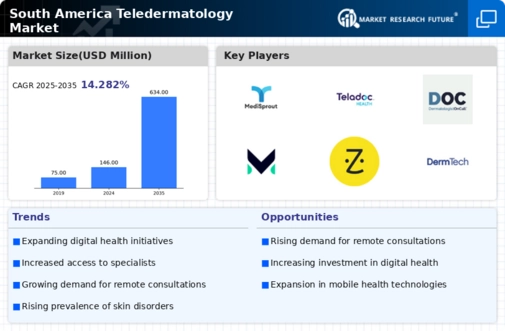
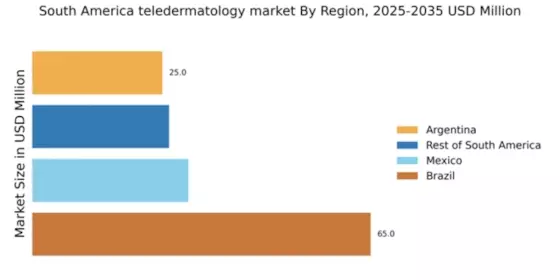

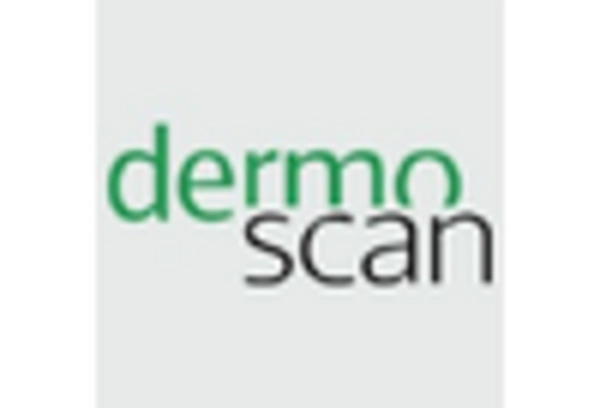

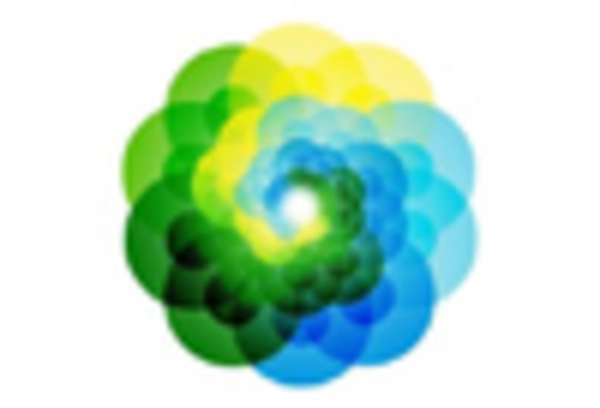
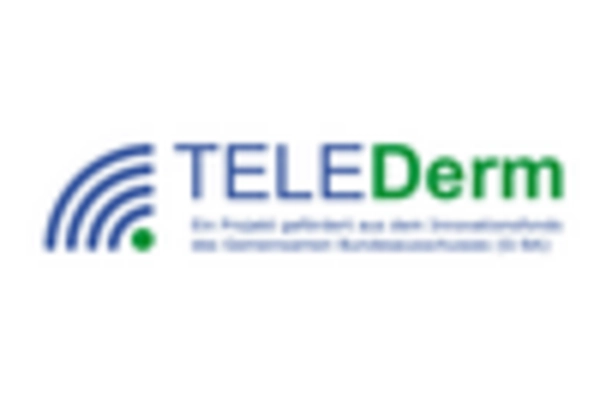









Leave a Comment